Faeries: Friendly or Frightening?
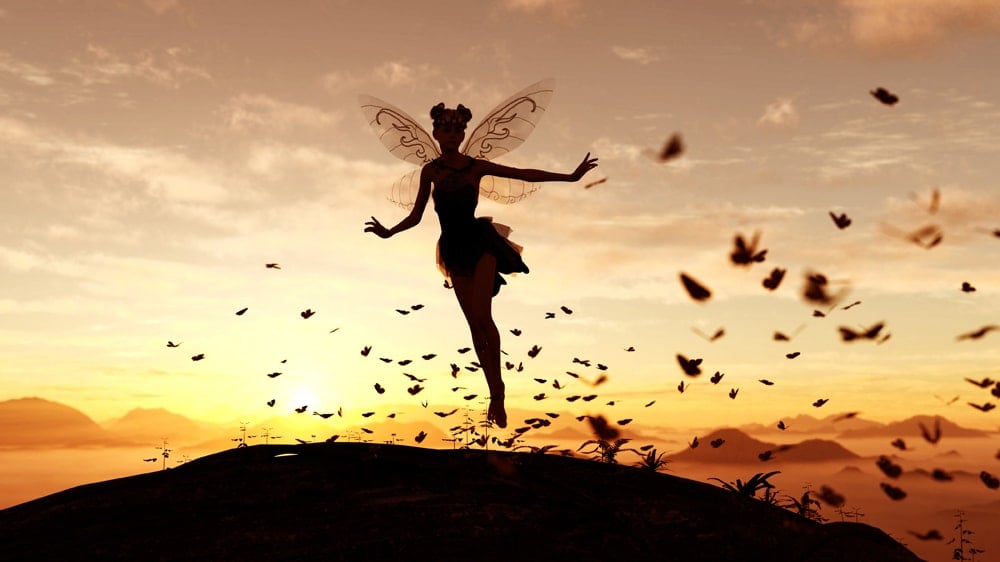
March 6, 2021
Estimated Read Time: 13 Minutes
As Wiccans, we often find ourselves working alongside forces we’re not completely familiar or comfortable with. If you’re someone who observes certain neopagan seasonal festivals and calls upon Celtic deities in your craft, you’ve probably come across stories about faeries. You may have even encountered one!
But as fascinating as these creatures are, they also have a deeply unsettling history that we will unravel today. In addition to going into those gory details, we’ll also talk about how the Fair Folk have influenced Wiccan practices. These elusive and mercurial beings have even inspired a Wiccan denomination known as Faery Wicca. With that in mind, let’s start by defining what faeries are and how we might recognize them.
The Origin of Faeries
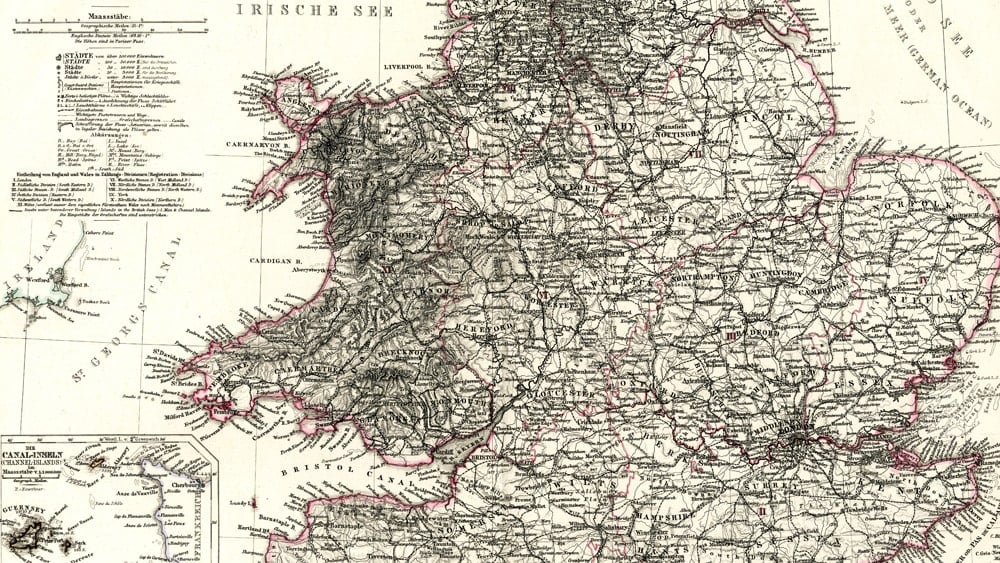
Even though faery-like creatures exist in various European cultures, most of the myths that are still popular today are inspired by Irish and English tales. Since Wicca itself is influenced by these traditions, we’re going to focus on dissecting Irish faeries and their interactions with humans.
Unfortunately, we don’t really know much about faeries. Since Celtic traditions were passed down orally for centuries, the information we have is muddled. So as confidently as we’ll try to present it, it’s important to note that most of our knowledge is uncertain. With that in mind, let’s start by talking about where faeries came from.
There are two leading theories that might explain the origin of these creatures. After Christianity took root across the British Isles, people reasoned that faeries might be fallen angels who didn’t deserve to be sent straight to hell. An alternate explanation links this species to the Tuatha Dé Danann, a divine race that lived in Ireland.
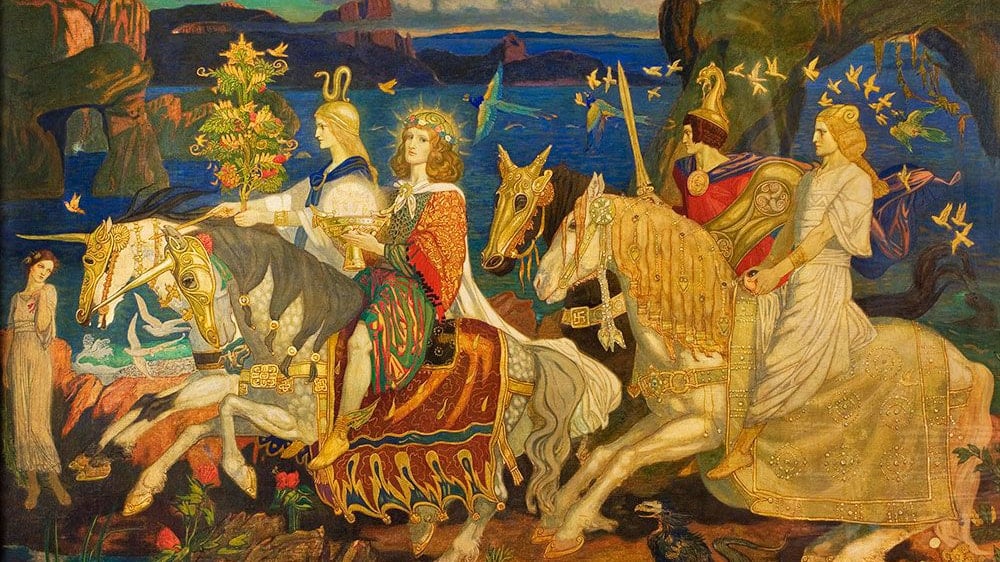
After a war between these ancient gods and the Milesians — whom you might know as, simply, the Irish — the Tuatha Dé Danann retreated below ground. In their realm, they lived in gold and crystal palaces, ruled by noble courts of kings and queens. In ours, they mixed with humans, trading services, cattle, and bestowing enchanted gifts.
However, as we’ll point out, the Tuatha Dé Danann never forgot their divine heritage. In any case, they still expected to be treated with the utmost respect — and for the most part, people complied. But whenever a human crossed the line, even by accident, the sinister, vindictive side of the faeries’ nature reared its ugly head.
Faeries vs Fairies — What’s the Difference?

Before we move on, we’d like to acknowledge the nomenclature we’re using. Over the centuries, the Tuatha Dé Danann became known as the Fair Folk, the Good Neighbors, or simply — faeries. But as you may be aware, there are several possible ways one might spell the word faery. So should you use faery or fairy?
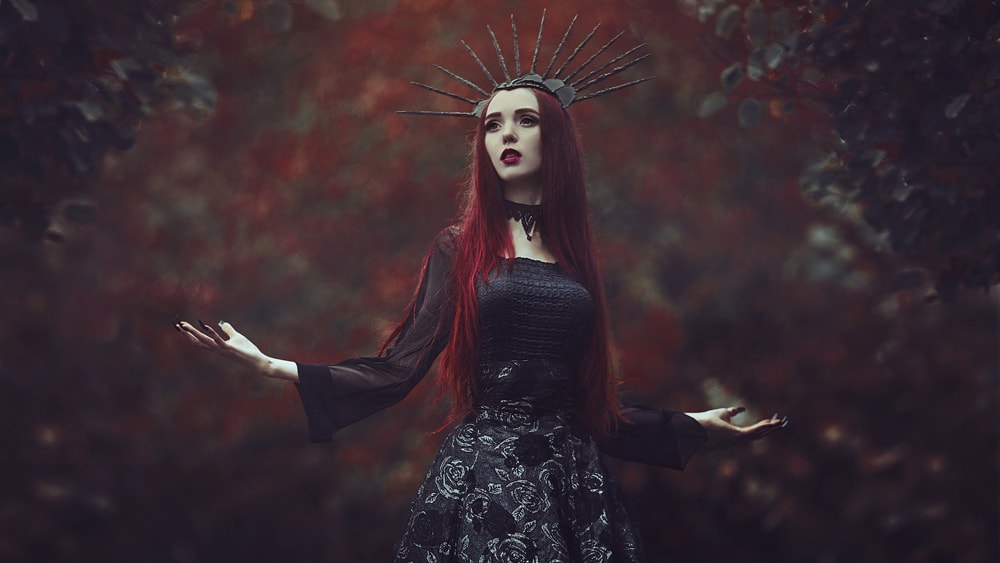
Obviously, we’ve made our choice. Depending on who you ask, you’ll receive different instructions on the matter. We use the form faery because it is the older spelling and because many scholars use it as well. Besides, the word fairy tends to invoke the image of Tinker Bell at this point — and that’s not what we’re talking about right now.
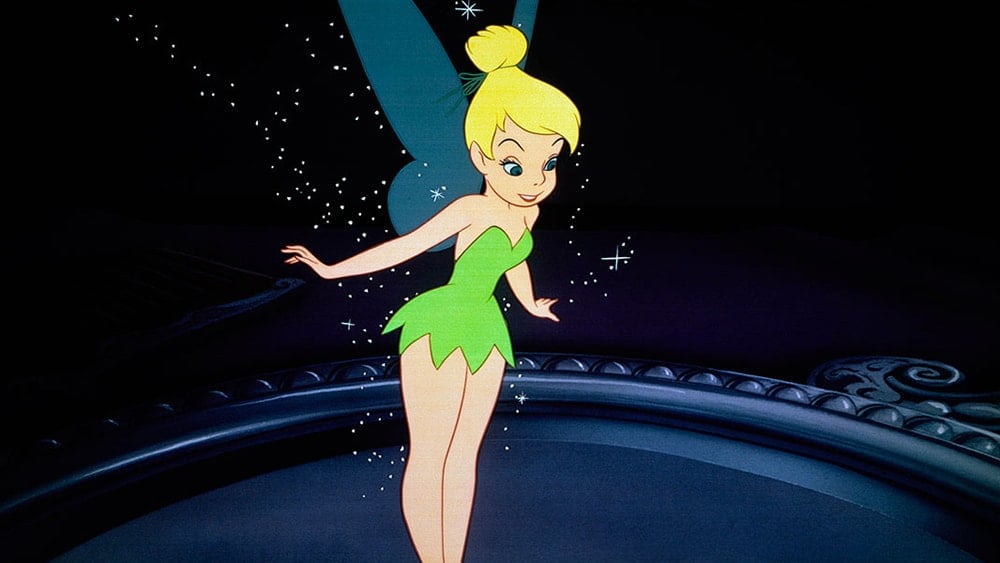
On the other hand, some people use these terms to distinguish between well-meaning and malicious faeries. In that case, you would say that fairies are good-natured spirits while faeries are downright evil. Going forward, we won’t make this kind of distinction. Instead, we’ll try to show how these categories of good and bad can’t truly be used to describe the whole group.
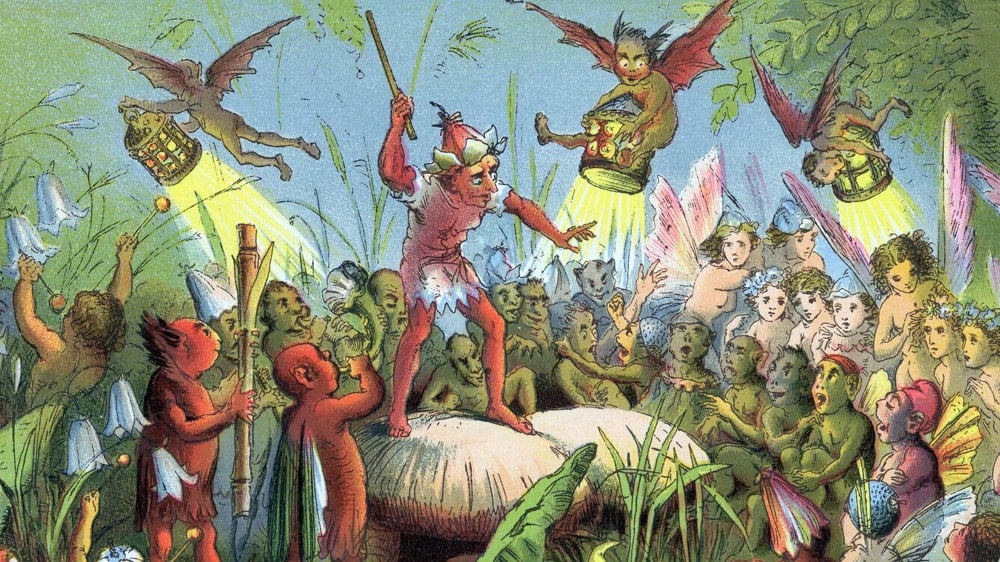
While we’re at it, we might as well mention the Irish terms for the Folk — aes sídhe. The name translates to the people of the mounds since the sídhe (pronounced as she) on its own means the hills or barrows in Irish. As you’ll remember, faeries are said to live beneath the ground. More specifically, they can be found around hills that have the remains of stone circles on top of them.
Now that we’ve cleared that up, let’s talk about how humans have interacted with the faeries over the centuries.
Our free Wicca 101 course provides the essential knowledge and skills
you need to start confidently practicing Wicca.
Join the Wicca Academy community today!
The History of Human Dealings With Faeries
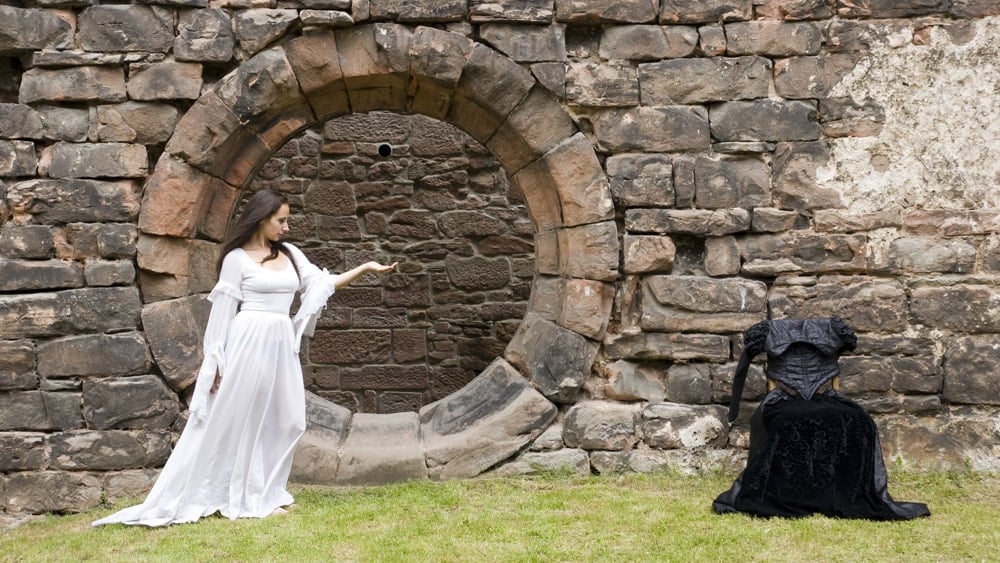
According to Celtic lore, the Fair Folk are incredibly powerful magical beings that have been known to help but also hinder or even hurt humans. They look fairly human-like, but unlike humans, they have supernatural abilities they often use in mischievous ways.
Even when they claim to have good intentions, most tales about Irish faeries caution against accepting their favors. In fact, most practices involving these creatures are centered around gaining protection against their pranks and capricious moods.
If someone were to come across a faery, they would have to tread carefully. These are incredibly powerful but ultimately rather testy creatures. They can be extremely petulant and resentful toward anyone who doesn’t treat them the way they expect to be treated. We suspect that’s the celestial ego they’ve managed to hang onto!
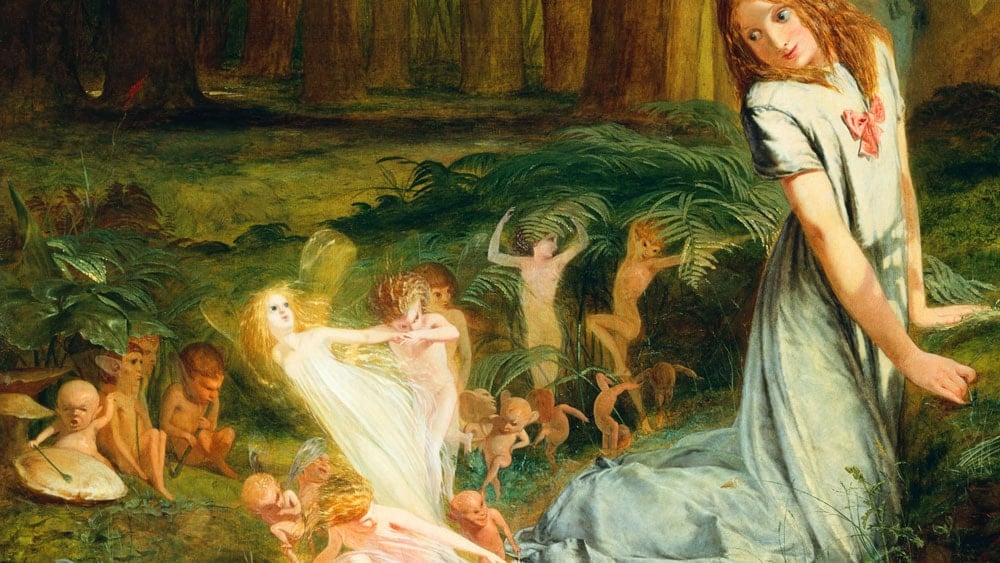
Still, if we’re being honest, these would be perfectly acceptable and even admirable traits, if the faeries’ ire didn’t come out in such destructive ways. One of the most awful punishments they’ve managed to devise is the practice of stealing human children. But before we talk about that, let’s mention some of the more benign pranks faeries often pull, such as:
- Leading travelers astray
- Stealing small items
- Borrowing horses
- Tangling peoples’ hair while they’re sleeping
- Tricking people into thinking leaves were gold
Of course, the Fair Folk didn’t do these kinds of pranks to harm people. As we understand it, getting reactions out of people wasn’t the point. Most faeries do these things to amuse themselves. But let’s see what’s behind the most infamous tales about human interactions with faeries.
The Myth of Changeling Children
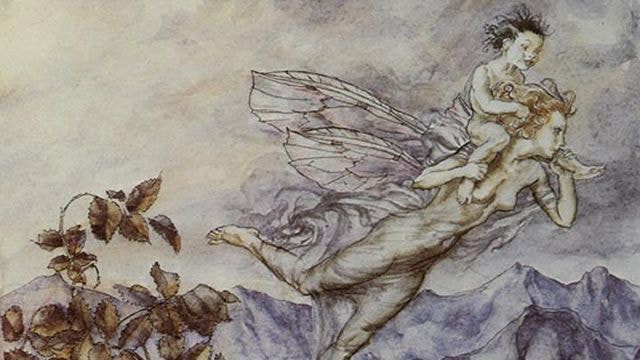
One of the more disturbing pranks faeries have been known to pull on trespassers relates to the changeling myth. Namely, if a person disrespected a faery by crossing their domain without presenting offerings first, they might find their newborn child switched with a faery.
Alarmingly, sometimes, all it took for a child to disappear was that it was pretty. Most people knew not to look at newborns with envy or admiration unless they followed it up with a blessing. Most of the time, that was enough to deter child abductions, though other protective rituals existed as well. People would leave iron or inverted coats near their sleeping children or watch over them to make sure faeries wouldn’t get them.
According to lore, the kidnapped human children would be lifelong servants of the faeries who took them. But there are more surprising revelations on the other end of the switch. Namely, some people contend that the changelings weren’t faery children at all. Instead, they might have been elderly faeries who wanted to be coddled in their final days.
On the other hand, if changelings are faery children, there may be another reason for the swap. Some tales suggest that human milk is necessary for the survival of faery children. So the faeries must either kidnap a nursing human or replace her child with their imposter.
The Reality Behind the Myth
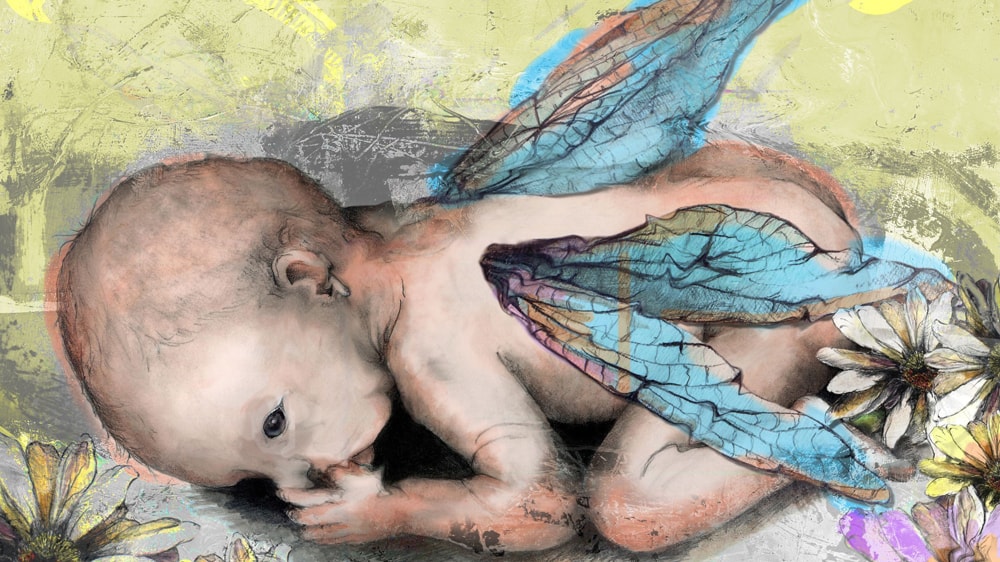
Of course, the unfortunate reality is that tales of changeling children sometimes made people behave irrationally. Women who gave birth to malformed children would suspect that their child was an imposter. Some would then leave the imposter in a forest overnight in hopes that the faeries would change their minds and return their human baby.
Alternate solutions may have included throwing the changeling into a fire, which would expel it through the chimney and cause the safe return of the human child. Some people even suspected their adult spouses of being replaced or inhabited by faeries. Many of these occasions resulted in gruesome deaths. And now, you see the true horror of these supposed faery pranks.
Of course, we suspect that these cases were the result of people letting their fears run rampant. It doesn’t mean that all faeries are evil. Even if some abductions happened, there’s one story that proves not all faeries are malicious.
Namely, on at least one occasion, a faery visited a human household to request the return of her changeling child. She had not been the one to make the swap. That shows us that faeries don’t have a collective consciousness. Even if certain individuals do something, that doesn’t mean others agree with their actions.
Are Faeries Good or Bad? A Tale of the Seelie and Unseelie Courts
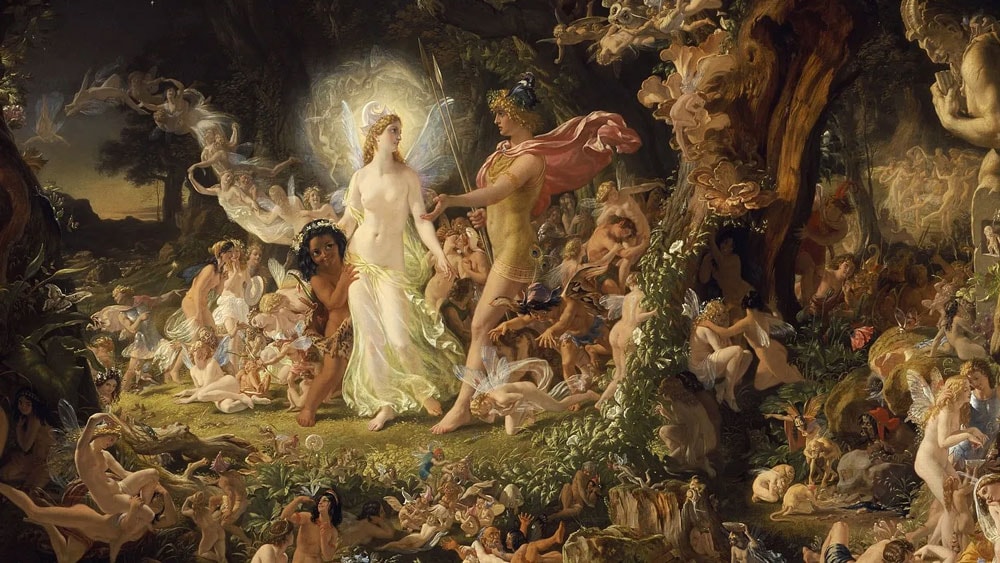
Before we say anything, we ought to note that British and Irish faeries don’t have the kinds of classifications we’re about to discuss. Still, looking at the Scottish categories might help us conceptualize the goodness, or rather malevolence, of these creatures.
According to Scottish lore, all faeries fall into one of two camps — or courts, if you will: Seelie and Unseelie. From the terminology alone, we can assume that the Seelie Court is happy and lucky as opposed to the Unseelie one, which is unholy or unhappy.
If we accept that these two groups truly exist, the Seelie Court would be full of the kind of faeries one might want to encounter. These creatures are aware of their power, but also willing to work with humans. They’re still mischievous deep down, but they may not give in to their darker instincts. Conversely, Unseelie faeries would need next to no provocation to carry out misdeeds.
In any case, these classifications aren’t the only ones we have made over the centuries of learning about faeries. So let’s talk about a different way of looking at things. Just remember — these systems can coexist!
Other Faery Classification Systems
According to the William Butler Yeats and James Macdougall, there are two types of faeries:


- Solitary ones, who live alone and are usually malicious except for the ones that help humans from the shadows
- Trooping ones, who belong to the fae nobility and therefore tend to travel in large groups
Folklorist Katharine Mary Briggs later added a third group to this system — domesticated faeries. These creatures function as invisible servants who help humans from the shadows but occasionally go spend time with their kin as well. Now, let’s have a little pop quiz — try to classify the following list of faeries:
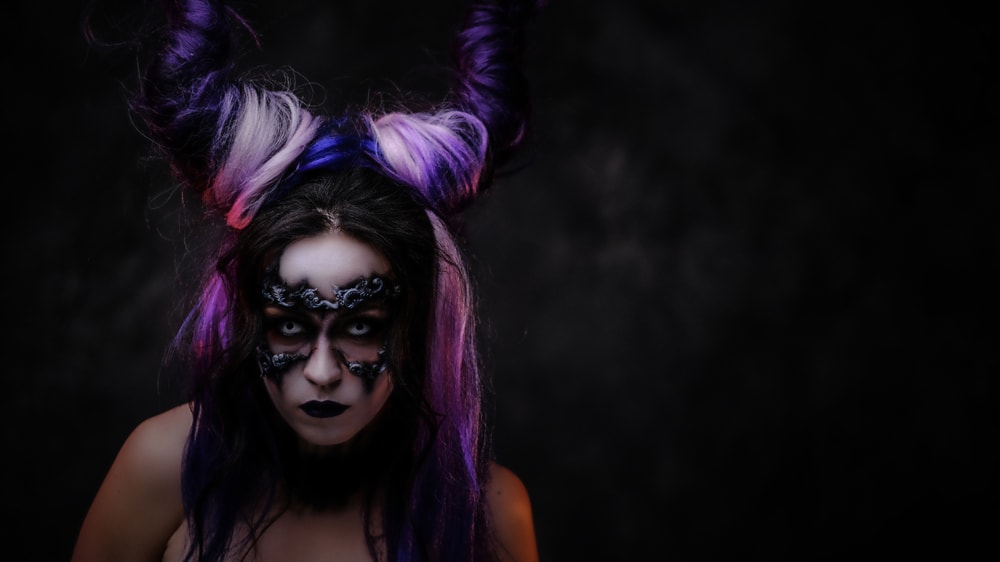
- Banshee (aka bean sídhe or woman of the hills) — a female harbinger of death that screams to announce imminent misfortunes.
- Alp-luachra or the joint-eater — faeries that take on the shape of a newt to crawl inside a sleeping person’s stomach through their mouth and eat half of their food intake. One might expel these parasites by eating salty foods without drinking water then lying next to running water with their mouth open.
- Red man or fear dearg — small, dark, hairy, and rather rat-like, dressed in red coats and hats. They’re mischievous, though their jokes often cross the line. Namely, they’re usually to blame for child abductions and disturbing dreams.
- Clurichaun — another mischievous kind of faeries that tend to frequent pubs or raid private wine cellars and breweries.
- Leprechauns — small, bearded, and jolly, these faeries evade capture by granting wishes.
Even if you’ve correctly classified the first few types as solitary faeries, you might have gotten lost at the mention of clurichauns and leprechauns. So let’s talk about other faeries that transcend categories.
Beyond Categorization
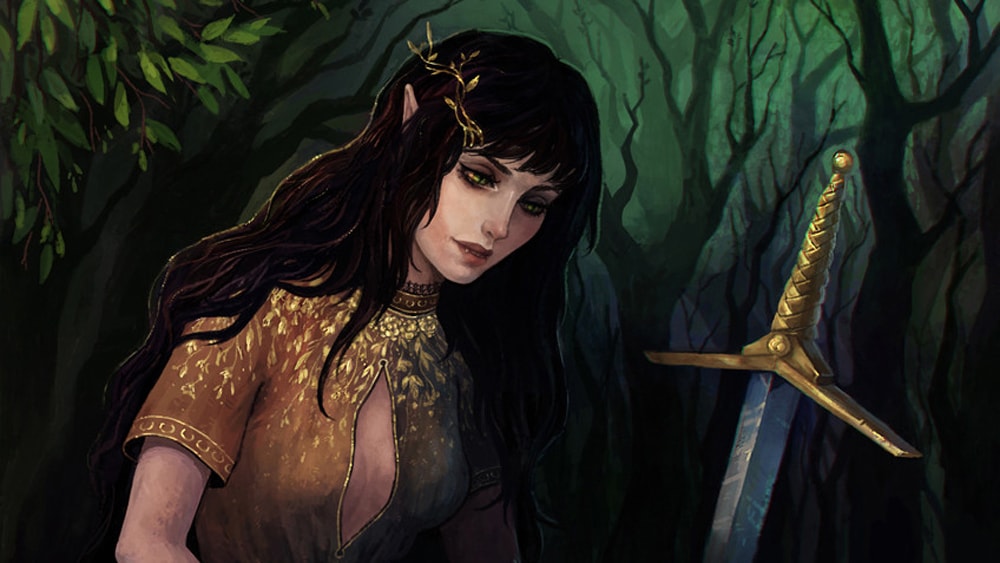
Not all faeries are malicious, whimsical, or even helpful. Some are really just out there living their lives. Take the leannán sídhe, for example.
The so-called faery lover is a female of the species who consorts with a human male. In exchange for his love and devotion, the faery rewards her lover with endless inspiration. In a sense, she is his muse. Nevertheless, these humans tend to have fleeting, though certainly spectacular lives.
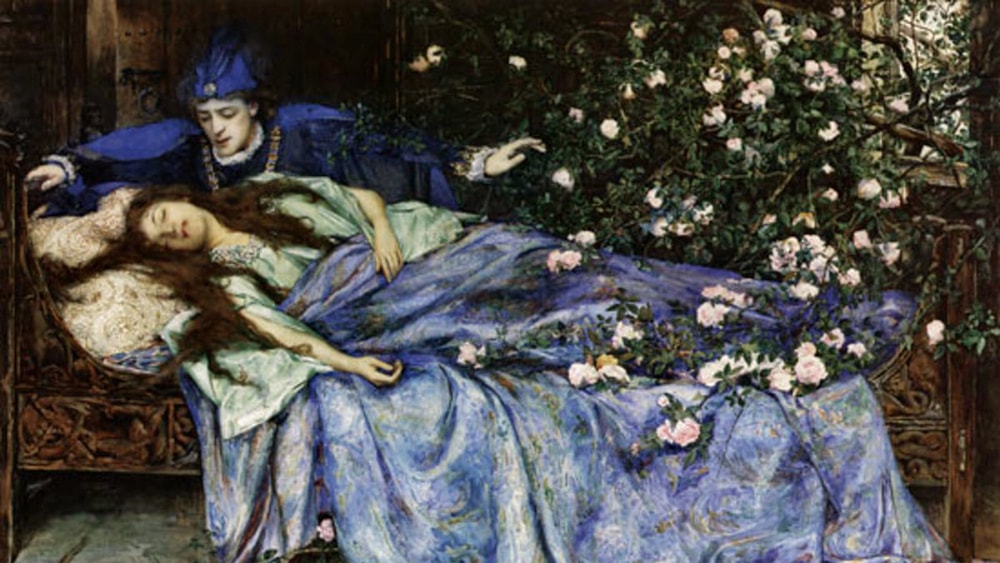
And there are male faeries who enjoy seducing humans as well — the pipe-puffing gancanagh. These Fair Folk are famous for their easy, playful manners and love of brief romantic encounters with human women. Despite their approach to relationships with humans, they’re ultimately fairly innocuous, if we trust the tales.
Suffice it to say, if you run into a handsome, charming young man smoking an ancient-looking pipe — you may be in for an adventure. But could you place either of these amorous faeries into one of the categories we’ve mentioned?
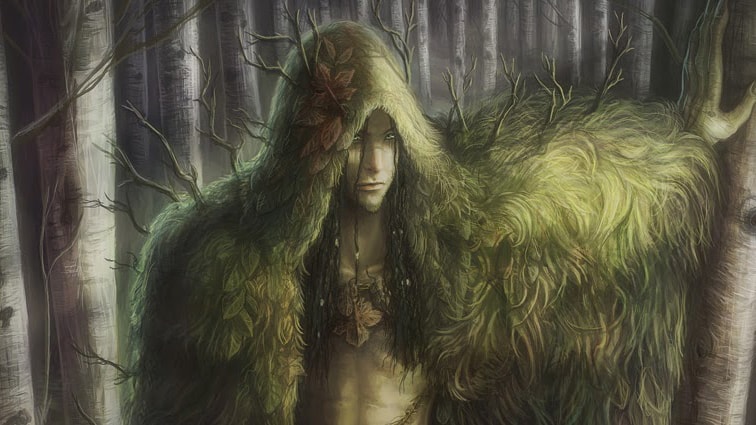
There are even records of specific faery individuals who defied expectations. Ghillie Dhu was a solitary male faery living in a birch wood near Gairloch in the North-West Highlands of Scotland. He was a wild yet shy moss-covered recluse, but he didn’t have malicious intent.
In fact, he often helped children who got lost in his woods. Sadly, the habit landed him in the crosshairs of the local landowner and his men in the late 18th century, causing him to go into hiding.
Don’t miss out!
We have a special offer for you after you create your free account
What Is Faery Wicca and How Do We Practice It?
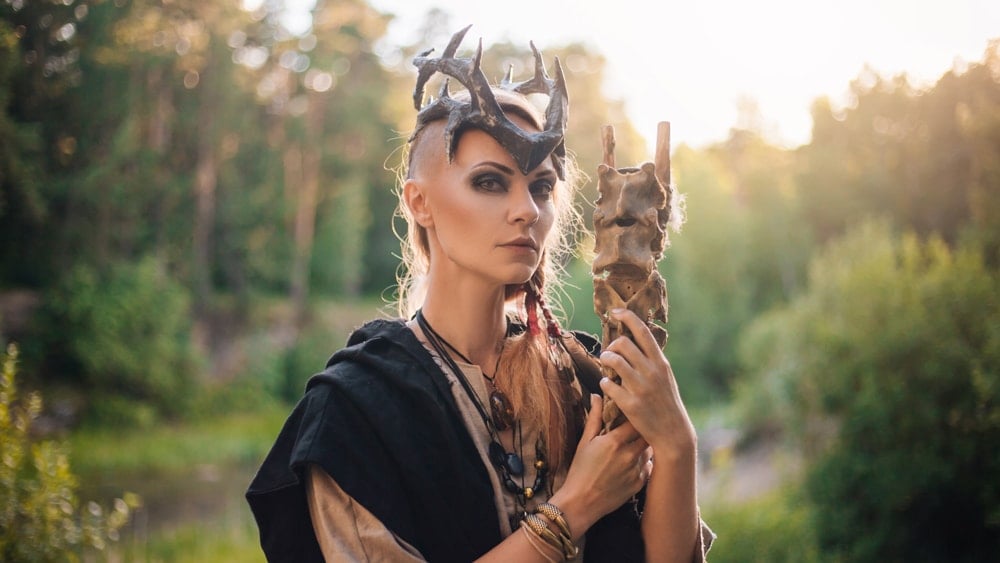
Now that we know that faeries can be good as well as bad, what can we do with that information? Why, we can use it to improve our craft, of course!
According to Kisma Stepanich, the author who established the core Faery Wicca beliefs, Fae Wicca is all about recovering the original traditions of the Tuatha Dé Danann. However, many have argued against Stepanich’s approach, saying that it relies on the author’s imagination more than facts.
Still, even if you wanted to be a faery witch, you’d have to call upon the Fair Folk during casting rituals. Luckily, there are plenty of benevolent Wicca faeries who would help you in exchange for some offerings. And we’re not talking about uncharted territory here — remember, the lore we’ve been talking about has already inspired a Wiccan denomination. You’ll just have to learn how to practice Faery Wicca — so let’s talk about that!
How to Attract Faeries and Work With Them

The Faery Wicca tradition is all about building trust with the Fair Folk to achieve your goals. But before we can start working on that relationship, we have to know when we’ll have the greatest chance of success.
Lowering of the Barrier Between Worlds

As we have established, most faeries don’t live in the same realm we occupy. Rather, they live in the Celtic Otherworld, also known as Tír na nÓg, which translates to the Land of the Young. According to some tales, that realm is primarily reserved for supernatural creatures and deities. Nevertheless, humans can enter it — namely, by dying.
Of course, there are other ways to cross over without dying. You’d have to be near an ancient burial cave or underwater in pools, lakes, or the sea. According to some stories, one could also get to the Otherworld by crossing the western sea. However, with our extensive knowledge of modern geography, we expect that would land you somewhere in Canada.
In any case, there are some rules to crossing over into the faeries’ realm. First and foremost, don’t eat anything the faeries put before you unless you want to stay forever. Additionally, finish your business on the other side as soon as possible. Since time moves more quickly in the Otherworld, spending a few minutes there may be the equivalent of weeks or months in our world.


But really, hopping over to the Otherworld is a huge hassle. Instead of doing that, you could simply wait for the veil between worlds to grow thin on this side of the curtain. And you won’t need to wait for long — it happens every day at dawn and dusk.
Moreover, certain solar and lunar events can lift that barrier between our world and that of the faeries. That’s why we associate the Fair Folk with festivals like Samhain, Beltane, and Midsummer. So if you were looking for the perfect opportunity to establish a connection — that’s your chance!
Leave Offerings at a Faery Altar
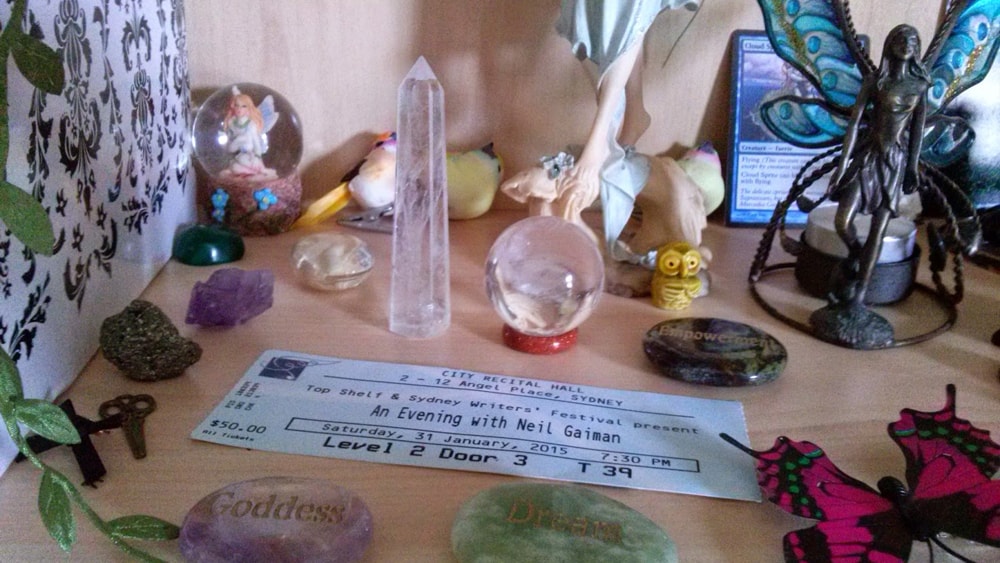
When you find the right time and place to make the first contact with the Fair Folk, you’ll be just a few steps away from having their support. But remember — you must tread carefully to avoid offending the faeries. The best way to make a good impression is to build them an altar wherever you suspect they might be hiding.
First and foremost, make sure you’re not using any iron in your little DIY project. Remember, that particular metal is basically a faery repellant. Additionally, you’ll want to avoid Rowan and herb charms, bells, four-leaf clovers, and St. John’s wort. If you’re looking for a good location for your faery altar, just keep away from any running water — that’s another thing faeries don’t appreciate.
If none of the aforementioned items are in play, bring out your main attractions. Faeries love sweet and beautiful things above all else. Put out some milk and sweets, and shiny objects like glass, gemstones, and shells.
While you’re at it, it couldn’t hurt to clean up around yourself. If you go into nature to collect items for your wand, make sure you’re not cutting any plants without permission. Familiarize yourself with the nature around the altar. It’ll show the faeries that you respect their home.
Indicators of Fae Presence
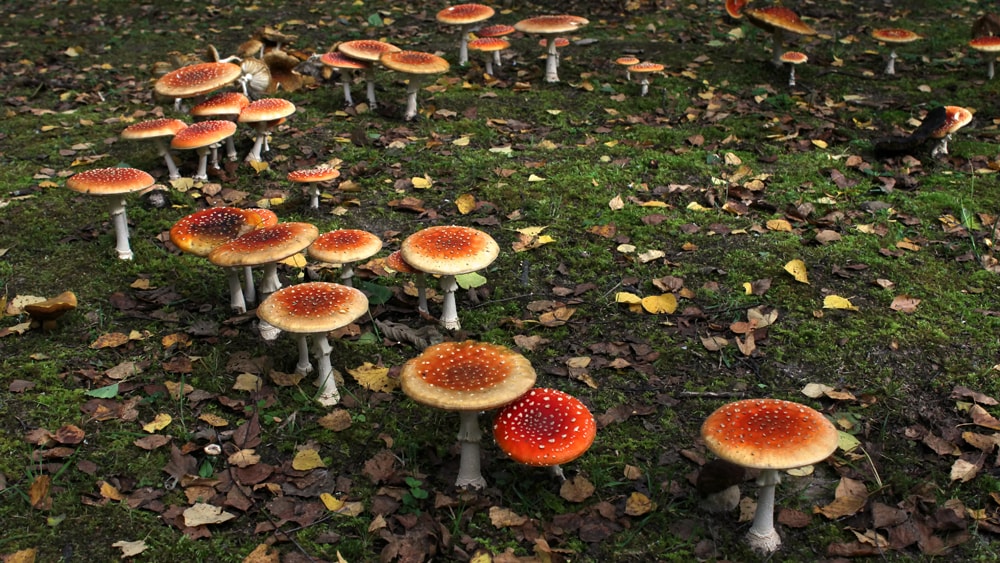
So how do we know if the Fair Folk are near? Well, they do tend to leave some evidence of their presence around.
For one, you might encounter faery rings or circles, which are naturally occurring mushroom growths that form in perfect circles. According to the lore, phenomena pop up as a result of Fae dancing processions.
Due to the presumed presence of the Fair Folk, most people know to steer clear of such places unless they’re looking to strike a deal with the magical beings. But in your case, that’ll be something to look out for around your altar as it’ll be a sure indicator of fae support.
Now, remember — faeries are usually invisible in our world, but you may still be able to see them in the shifting of light. So if a sunbeam happens to flicker in a way that feels otherworldly to you, you’ll know that you have your faeries’ attention.
Incorporate Your Newfound Faery Knowledge Into Your Craft
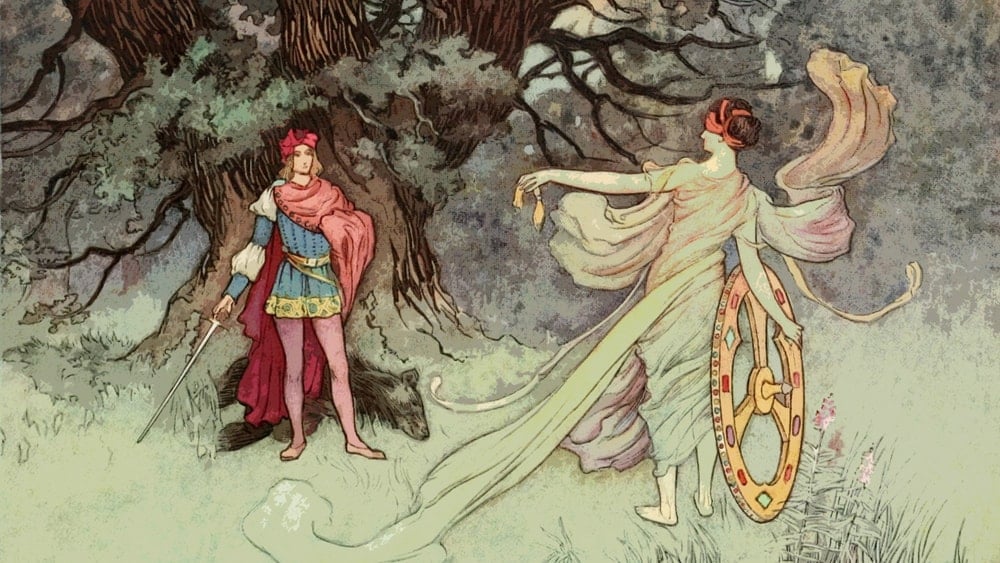
Whether you want to be a fae witch or not, learning about faeries is incredibly important. More than anything, it’ll give you a good idea of all the forces that surround you at all times. For all you know, faeries have tried to interfere with your rituals before, so knowing how you might appease them could be valuable. Either way, we hope you learned something interesting today!
Check out our other articles:
Sigils for Newcomers
Jar Spells Made Simple
Get to Know Your Familiar
Kitchen Magick for Beginners
Moon Phases and Simple Rituals
See All Articles
Love this article? Share the magick with your friends and loved ones!
Thank you for presenting the extensive knowledge about faeries. I feel a little overwhelmed with the layers of information because I want to retain it all. I can see that I will be studying Wicca practices for a long time. Perhaps a faerie has sparked a fire within me.
I’ve seen that most faeries are foes and evil but some are not.
It was a great article I learned a lot of new stuff and I even shared it with my girlfriend and we had a fun time learning about fairies